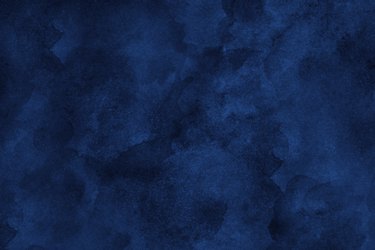
Indigo is a secondary color in the spectrum between blue and violet. ROY G. BIV is an acronym for the colors of the rainbow, the "I" standing for the color Indigo. In traditional depictions of rainbows, indigo is often left out because it is so close to blue.
Video of the Day
The Equation
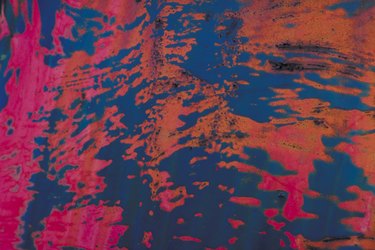
The primary colors that make up indigo are red and blue. Red and blue also can be mixed to make violet when used in equal parts. To make indigo, blue has to be the dominant color in the equation. The mathematical equation to produce indigo would be to mix one-third red and two-thirds blue. Red is a strong dominant color, so you would need to add a lot of blue depending on how bright your red paint is.
Hues
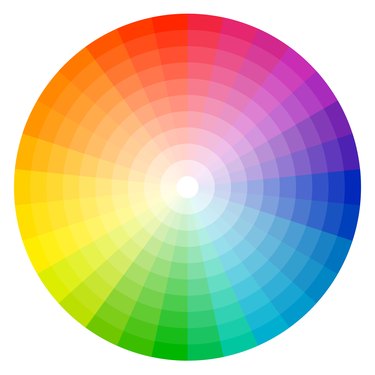
The equation between red and blue can be tweaked as needed or to get a different hue of indigo. A "hue" is how much a secondary color leans toward one of the primary colors. The primary colors are red, blue and yellow. The secondary colors are all composed of different ratios of the primary colors.
Shades, Tints and Tones
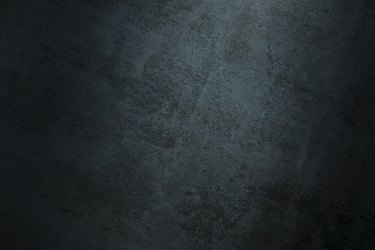
If you wanted a darker shade of indigo, you would need more blue, or you could add a little black. White can be added to achieve a lighter tint. You can also add both black and white to tone down indigo if you don't want it to be too bright.
Facts
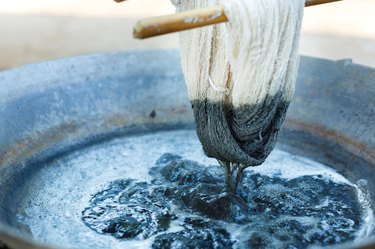
Indigo is used in art mainly when painting night skies or landscapes. The color indigo is somewhat rare to find in nature. Synthetic indigo is used in differing amounts to dye denim for blue jeans and other kinds of fabric. In color therapy indigo is used to help treat an over-active thyroid and is used in meditation to calm and relieve stress.
Use a Prism
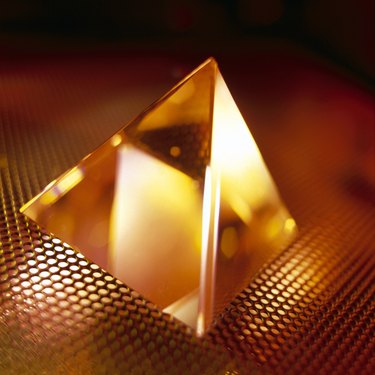
Another way to make indigo visible is to use a prism to shine white light through it. White light is made up of all the colors of the rainbow. Although it can be muted and blend in seamlessly with blue and violet, it is always there.